Healing Mushrooms: Uses, Benefits, Types and Dosage
Intro to Healing Mushrooms
Perhaps more than any other “health food,” mushrooms have stood the test of time. They’re history in medicine dates back 3000 years where they were and still are used in both Chinese and Ayurvedic Medicine.
Nowadays, European and Asian cultures are ahead of North America in terms of medicinal mushrooms. They fill the markets in Japan in particular, who lead the way in consumption of foraged and cultivated mushrooms.
We are more hesitant to embrace them. Price and scarcity also make introduction difficult. But the wave is coming.
I first learned about medicinal mushrooms on message boards in 2012. Foragers posted accounts of crazy looking mushrooms. However, it was not until 2013 that I experimented with them.
Chaga was the first one I tried. It resembles burnt tree bark. I chopped it up, placed and made tea.
Chaga tea doesn’t taste like mushrooms. It’s like strong, slightly bitter black tea. But I’ve grown to love it. Despite my excitement and continued reading into these mysterious herbs, I had no one to geek out with locally.
Even now when I tell people my interest in medicinal mushrooms and fungi, I’m met with confused reactions. Then ultimately a joke about whether all medicinal mushrooms are psychedelic is dropped to ease the tension.
However, we’ve come a long way since even 2013. Medicinal mushrooms are gaining popularity in Canada. Every year new research confirms what mushroom fanatics already know: they have unique healing properties. Medicinal mushrooms will blow your mind as they have mine.
The book, Icones of Medicinal Fungi from China lists 272 species of mushrooms with reported medicinal benefits. However for our purposes, we’ll focus on a few that have more real research behind them.
The medicinal mushrooms I’ll discuss below are:
- Chaga (Inonotus obliquus)
- Cordyceps (Cordyceps sinensis)
- Reishi (Ganoderma lucidum)
- Maitake (Grifola frondosa)
- Shiitake (Lentinula edodes)
- Lion’s Mane (Hericium erinaceus)
So what makes medicinal mushrooms so great? A few unique compounds, my friend. They’re a bit confusing so I will mention them briefly and we will get onto more important matters.
Among other things, medicinal mushrooms have a blend of beta-glucans, antioxidants and triterpenes. These are responsible for many of the health benefits.
Beta glucans are found in the cell wall of mushrooms and are the most abundant active compound in them. Triterpenes are a class of chemical compounds found in fungi and plants.
Certain triterpenes assist in lowering blood pressure, cholesterol and improving liver function (1).
In Traditional Chinese Medicine medicinal mushrooms are used as tonics. They’re used as preventative medicine as the first line of defense to normalize bodily functions increase disease resistance.
Researchers are now using Chinese Medicine as a guide to study the health benefits of medicinal mushrooms. As you’ll see, it is promising.
Here’s a few things that medicinal mushrooms are being used for:
A Natural Cancer Treatment
It’s difficult to write this without sounding sciency. Which I assure you I am not. The simplest explanation I can come up with is that the compounds in certain medicinal mushrooms (shiitake, maitake, reishi) kicks off a cascade of events which kill cancer cells, stalling cancer growth.
Mushroom derived products are also used to to boost the immune system as a complement to conventional cancer treatment (2).
The early research of medicinal mushrooms shows that they can delay tumor formation and protect normal cells from mutating into cancer cells. These anti-tumour applications of mushrooms are due to their immuno-stimulating effects.
These immune boosting effects increase a specific type of immune cell called ‘natural killer cells’ which you can think of as an internal police force who decrease cancerous cells (3).
It’s worth mentioning that there are no toxic effects or doses of the polysaccharides in these mushrooms. Which means you can eat as many mushrooms as you life safely!
Heart Health
Shiitake is the favourite for heart health. Shiitake consistently has positive effects in lowering risk factors for heart disease like blood pressure and cholesterol. Research is showing that shiitake decreased cholesterol by to 6-15%.
What is it about shiitake? The beta glucans improve circulation and help maintain healthy blood pressure by keeping arteries from hardening (4).
The benefits are so great that there is a pharmaceutical approved for use in Japan called Lentinan, which is beta glucan concentrate extracted from shiitake. Lentinan is named after the botanical name for shiitake: lentinula edodes.
Dosages used in the human studies I mentioned above are 9 grams or 10 dried shiitake mushrooms.
Lowering Chronic Inflammation and Enhancing the Nervous System
Are you stressed out? Yea, me too. The tricky part about stress is that your body doesn’t differentiate between stress from exercise, work or relationships. It all adds up. Chronic stress leads to inflammation in your body.
According to a Harvard Medical School report, “Chronic inflammation plays a role in some of the most challenging diseases of our time, including rheumatoid arthritis, cancer, heart disease, diabetes, asthma and even Alzheimer’s (5).”
Luckily, mushrooms have a rare ability to fight bacteria and viruses. This is likely thanks to the rough environment mushrooms live in. They need to have strong antibacterial and antifungal compounds to grow and survive in the wild.
The compounds found in medicinal mushrooms have antiviral, anti-inflammatory and hypoglycemia capabilities (6).
For example: chaga and reishi are both shown to prime your immune system. They are both referred to in Chinese Medicine as adaptogens.
Adaptogens are plants and herbs that help your body adjust itself back to homeostasis depending on your emotional or physical needs. They especially work on the endocrine system.
Chaga’s incredibly high antioxidant content makes it an exceptional immune booster. The antioxidants in chaga increase macrophages which clean out foreign cells (7).
Chaga has the highest ORAC score (the measure of antioxidant potency) of any food. 1 gram of chaga equals 3 pounds of blueberries in terms of antioxidant concentration.
Reishi doesn’t quite have the antioxidant levels of chaga, but it makes up for it with a unique blend of other compounds (beta-glucans, triterpenes, polysaccharides).
These compounds boost your production of natural killer cells, which find and remove bad and infected cells in your body (8).
Yogis used to say that reishi opens up your crown chakra. Translation for the non-yogis: it just brings you to the moment.
In Chinese Medicine, Reishi is used to treat anxiety and those with trouble sleeping. Anecdotally is has helped me relax and sleep through stressful work situations.
Exercise performance
Cordyceps is the most interesting mushroom for me because of how it grows. It starts as a fungus that infects insects like ants of moths. Cordyceps take over and gradually alter the insects behaviour! The poor insects don’t stand a chance.
It selects a host insect, replaces its tissue and eventually sprouts fungal stems that grow outside of the host insects body. These stems eventually release spores into the air, infecting other hosts. It literally grows out of the insect.
Unfortunately the wild type of cordyceps is so rare it is too expensive for you and I to consume. Therefore, any cordyceps you find in supplement form, is a lab strain called Cs-4.
Cordyceps is found in North America, Asia and and Europe. In India and Nepal, it’s found in subalpine regions of the Himalayas.
Fun fact: Nepal it’s referred to as “Himalayan Viagra.” Folklore and pseudoscience continues to shill this particular use, however there is no solid research to support it.
There is research suggesting cordyceps has compounds that help with stress, respiratory issues (asthmas, bronchitis) and exercise performance.
They do this by enhancing cell-mediated immune response. Meaning they act as your immune system’s internal coping agency.
The cardiovascular effects of cordyceps are plentiful. Researchers think cordyceps ability to dilate blood vessels helps to lower high blood pressure (9).
More oxygenated blood supply (up to 40% in research) also means better blood flow for you exercise enthusiasts out there.
In fact, cordyceps may improve tolerance to high intensity exercise. It was shown to increase VO2 max in untrained athletes by 9-15% (10). It also significantly improved well being and exercise performance in healthy older participants (11).
Now obviously you cannot expect these benefits if you’re already training, but it’s exciting nonetheless.
We know that cordyceps helps you get ‘up’ for exercise, it also helps you recover.
One study showed that cordyceps lowers cortisol following a stressful event in men (12).
Both reishi and cordyceps were also shown to protect athletes from oxidative stress.The researchers said that reishi and cordyceps increased antioxidant activity which helps your immune system respond to stress (13).
Basically they boost important parts of your immune system to help you deal with the effects of stress.
Supporting Brain Function
One of the coolest looking mushrooms is directly shown to increase your cognitive function. It is called lion’s mane and historically it was reserved only for royalty.
Today lion’s mane is gaining popularity among ‘bio hackers’ as a natural nootropic, for good reason.
Lion’s mane delays the breakdown of both visual recognition memory (events, people, objects) and spatial short term memory (things you need to have readily available to get through day to day life) (14).
Lion’s mane also plays a key role in the maintenance of neurons in your brain. It helps stimulates the growth and survival of brain neurons by activating a peptide called Nerve Growth Factor (NGF).
Studies are showing promise for combating age related health conditions that lead to cognitive dysfunction, however, we are only scratching the surface on other potential uses (15).
How to Take Medicinal Mushrooms?
Now that you’ve read the health boosting effects of mushrooms you’re probably asking what to do with them.
Foraging is incredibly fun and rewarding. I do it myself every fall here in Vancouver, Canada where our constant rain and damp forests provide great breeding ground for fungi. However, if you’re not a trained mycologist, I wouldn’t recommend eating anything you forage.
Many edible mushrooms resemble poisonous ones, making mistakes more likely. You must be absolutely certain of what you’re eating. You can search for foraging workshops or local groups to begin learning.
You can surely find fresh shiitake, maitake and possibly lion’s mane at specialty markets and grocery stores. All three are delicious, so the first recommendation is to cook with mushrooms to get them in your diet.
If you’re city has Chinese grocery stores or a ‘Chinatown’ area, then I’d encourage you to shop around and ask the grocers about dried varieties of mushrooms.
I’ve personally found dried reishi, chaga, shiitake and maitake all in Chinatown in Vancouver.
Dried mushrooms are approximately 8 times more concentrated than fresh. So you get much more value out of them if you’re making soups or stews. I use dried shiitake more than any other mushroom.
Shiitake works great in stir frys as sell as long as you soak them in warm water for at least 20 minutes prior to cooking so that they soften up.
Now you do need to be careful about dried herbs from sources you may deem ‘questionable.’ Conventional dried herbs are sprayed with herbicides and pesticides to prolong shelf life and ensure no mold grows during transportation.
I wouldn’t regularly consume conventional dried mushrooms. But I’m also more careful than most.
There are website that sell certified organic dried mushrooms. This is where I procure my mine. Some websites also sell wild harvested mushrooms.
Chaga typically is wild harvested. The issue with chaga is that the demand is growing, causing unethical foragers to pick them early in the off season when they should be growing. This is a long term threat to the species.
When choosing chaga, I’d look for sourcing in Northern Canada, Western Siberia or Northern Europe. It grows on the side of birch trees in cold climates. You basically need permafrost to produce ideal conditions.
Chaga comes in chunks, reishi whole or in slices. For reishi make sure you get red reishi. Reishi typically comes from China because it is too expensive to produce in North America.
What about Supplements, extracts and tonics?
I’ll keep this short. There’s a ton of mushroom supplements out there. The supplement industry is a mess.
Generally if the supplement is sourced from mushrooms in North America then I would not recommend using it (wild harvested Chaga is the exception).
From my research it is too expensive to produce these mushrooms in North America, so many shortcuts are used that compromise potency. Read more about it here.
What do I take?
I buy dried mushrooms and make mushroom tea. This sounds airy fairy but mushrooms are living beings. It is important that whoever you buy them from respects this and ships in dark bags so the mushrooms are not exposed to sunlight. Store in a dark pantry upon arrival.
Right now I drink a blend of chaga and red reishi tea daily. I cook them in my slow cooker (⅔ full of water) for 20 hours or so on the ‘keep warm’ setting. The tea keeps in the fridge for a month or so.
The best part is that you can reuse these mushrooms 4-5 times before discarding. This is the most cost effective way to get medicinal mushrooms into your daily routine. Keep them in the freezer between batches.
Thanks for reading and leave a comment if you have any questions.
Also consider trying our Superfood Mushroom Broth made with reishi and shiitake mushrooms! It is vegan and certified organic.
Disclaimer: this information is for educational purposes only and has not been evaluated by the CFIA. It is not intended to diagnose, treat, cure, or prevent any disease. Please consult your primary care physician for advise on any of this.

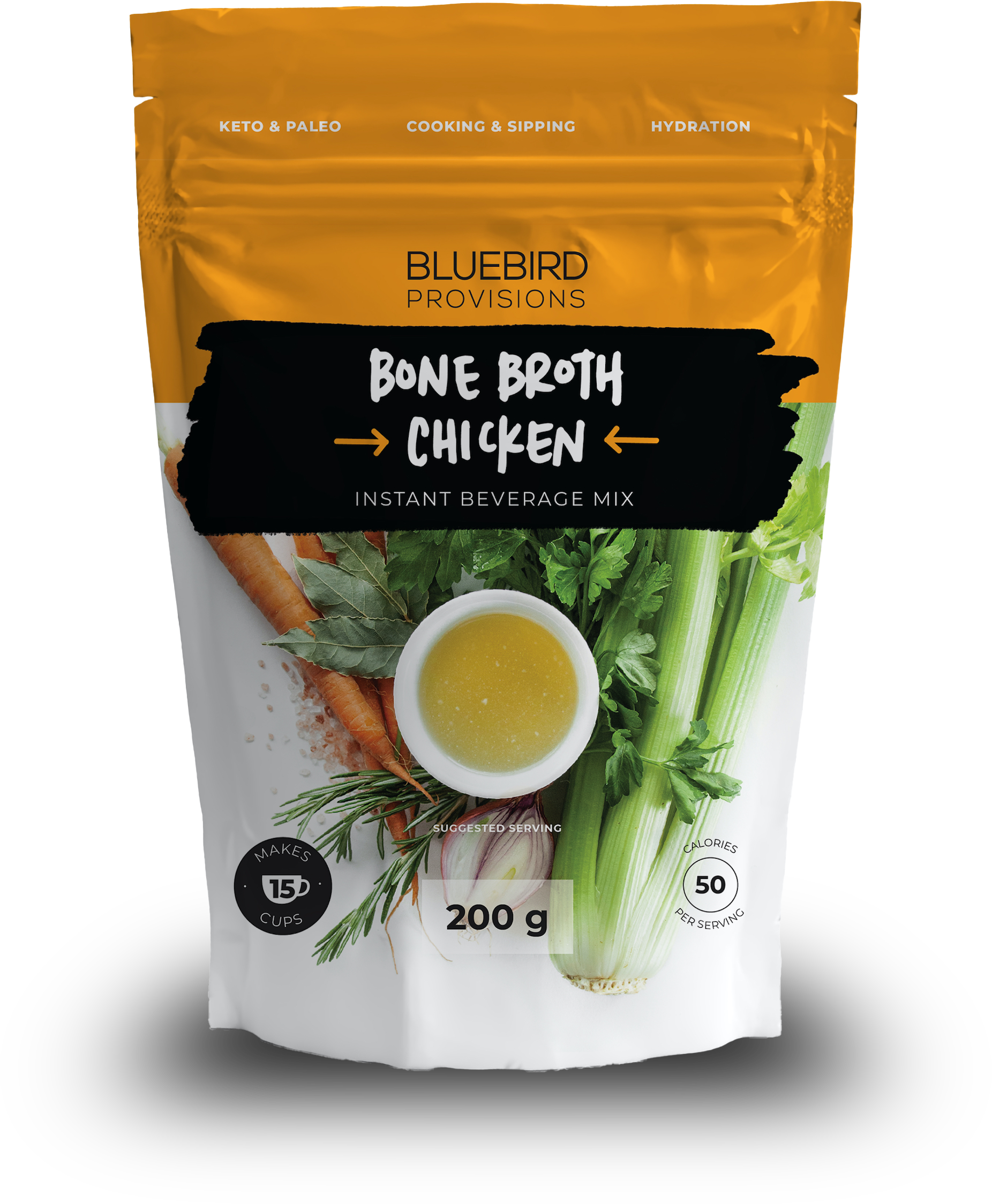
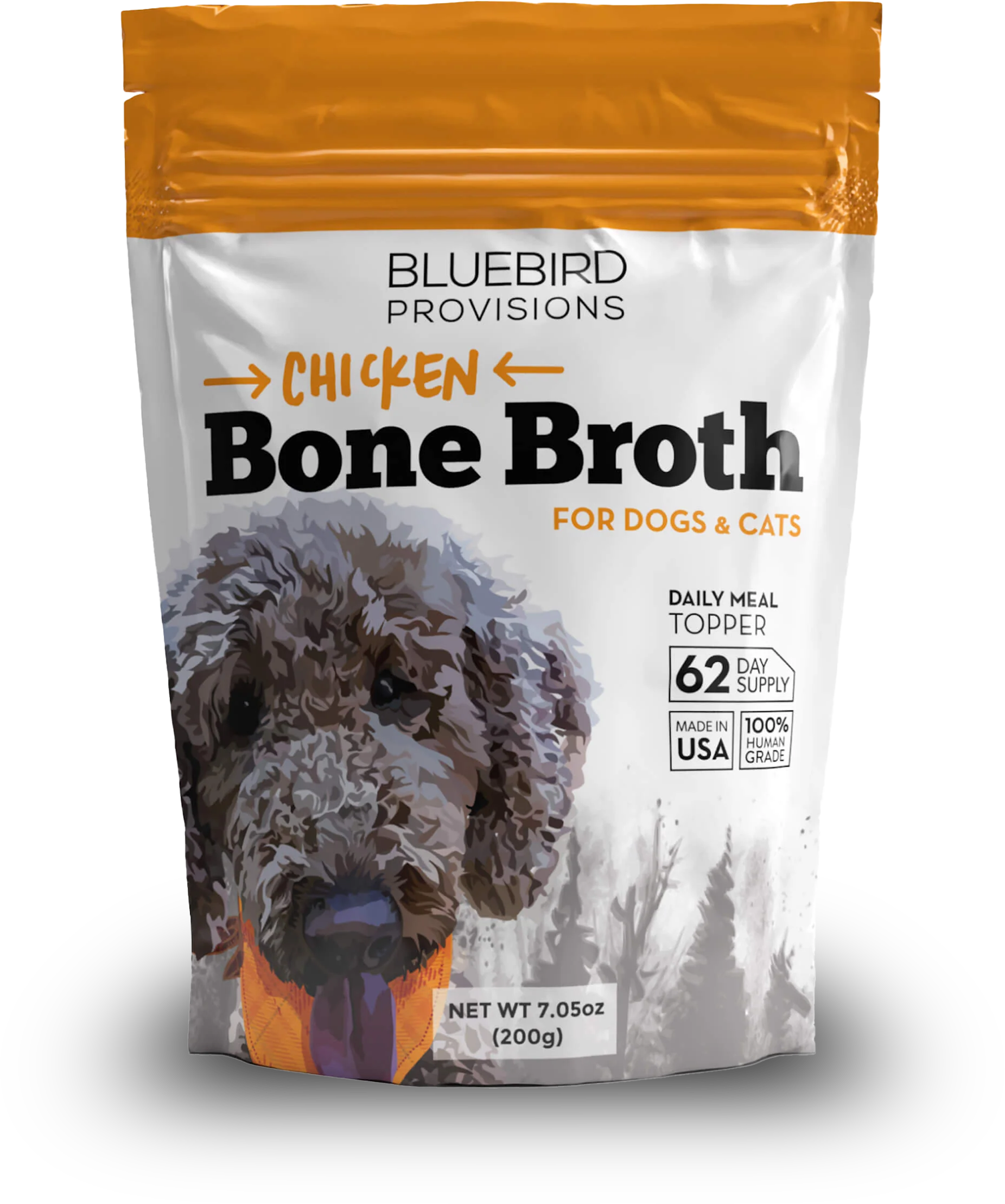
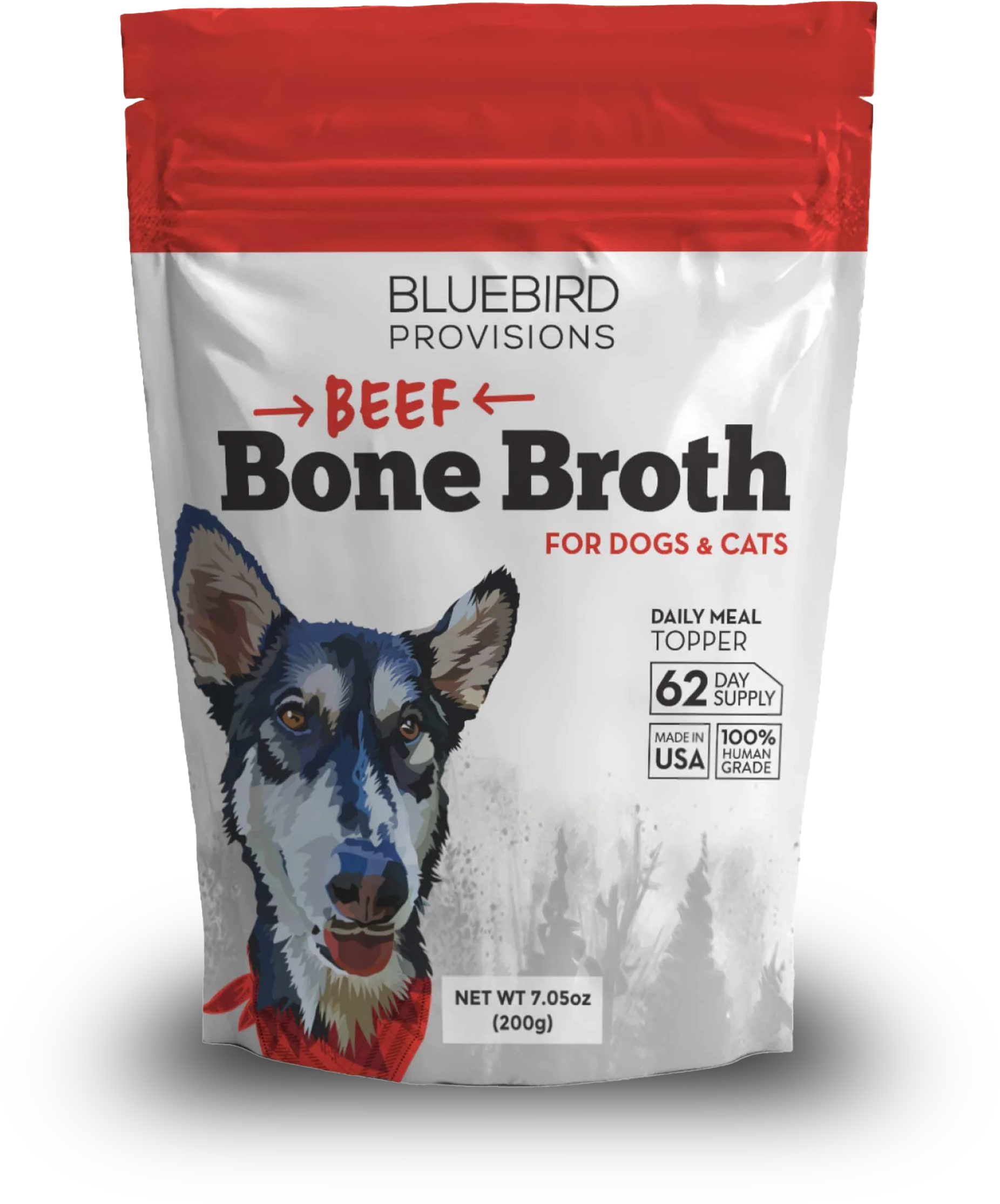

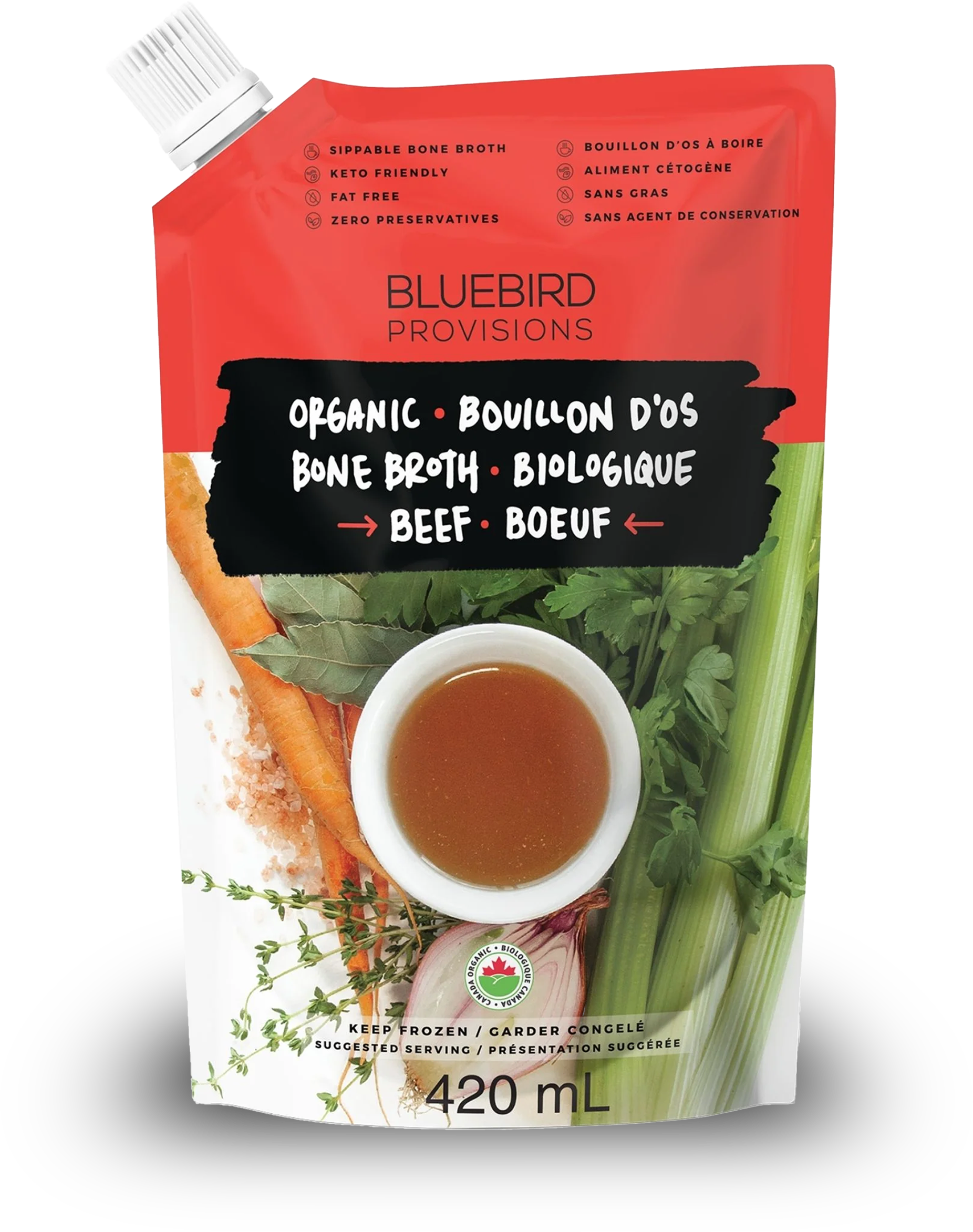






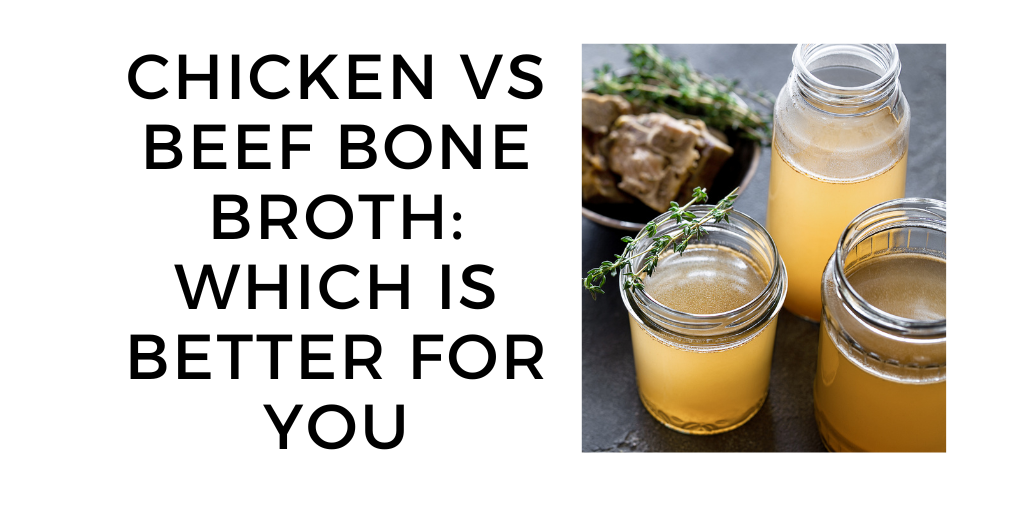
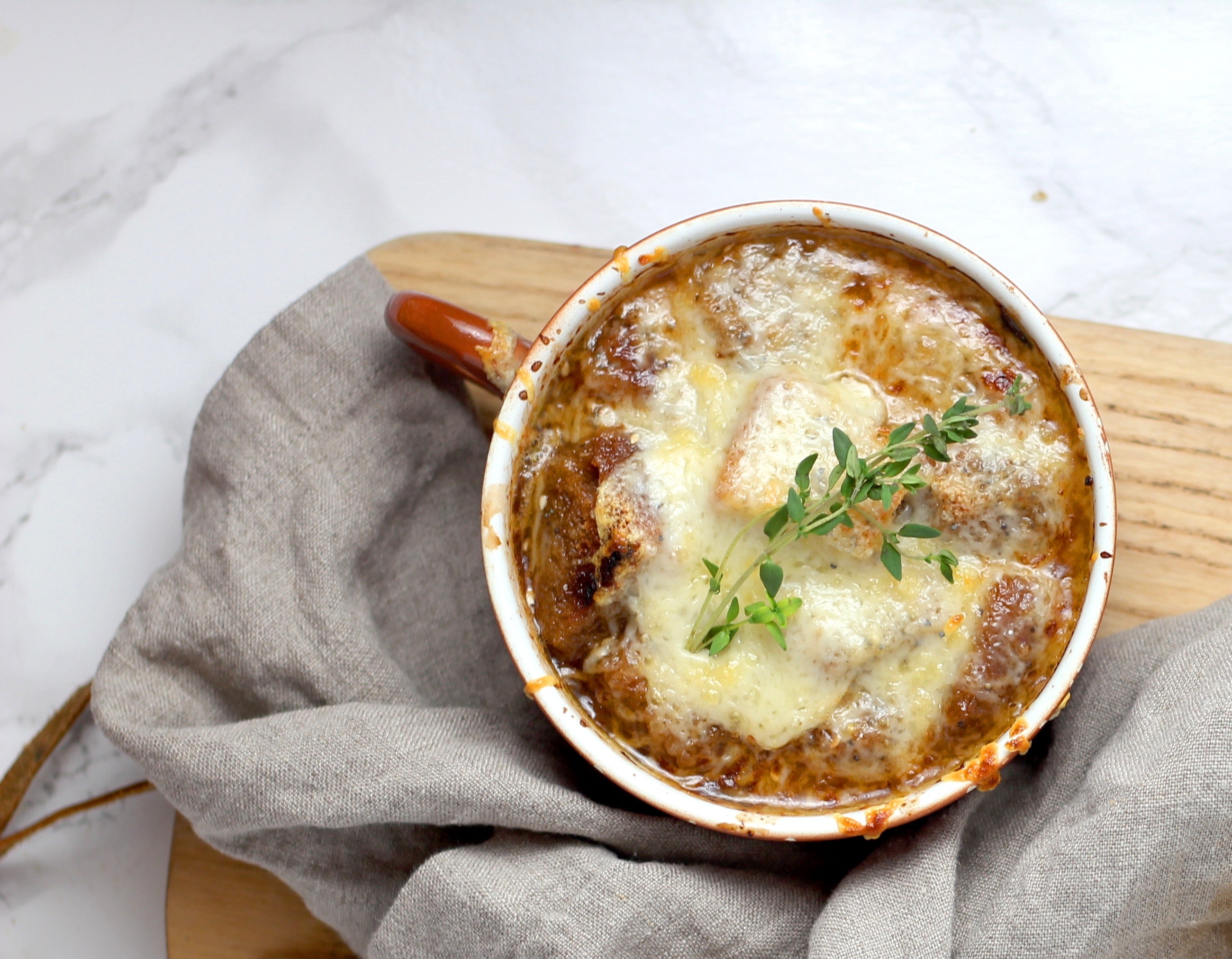

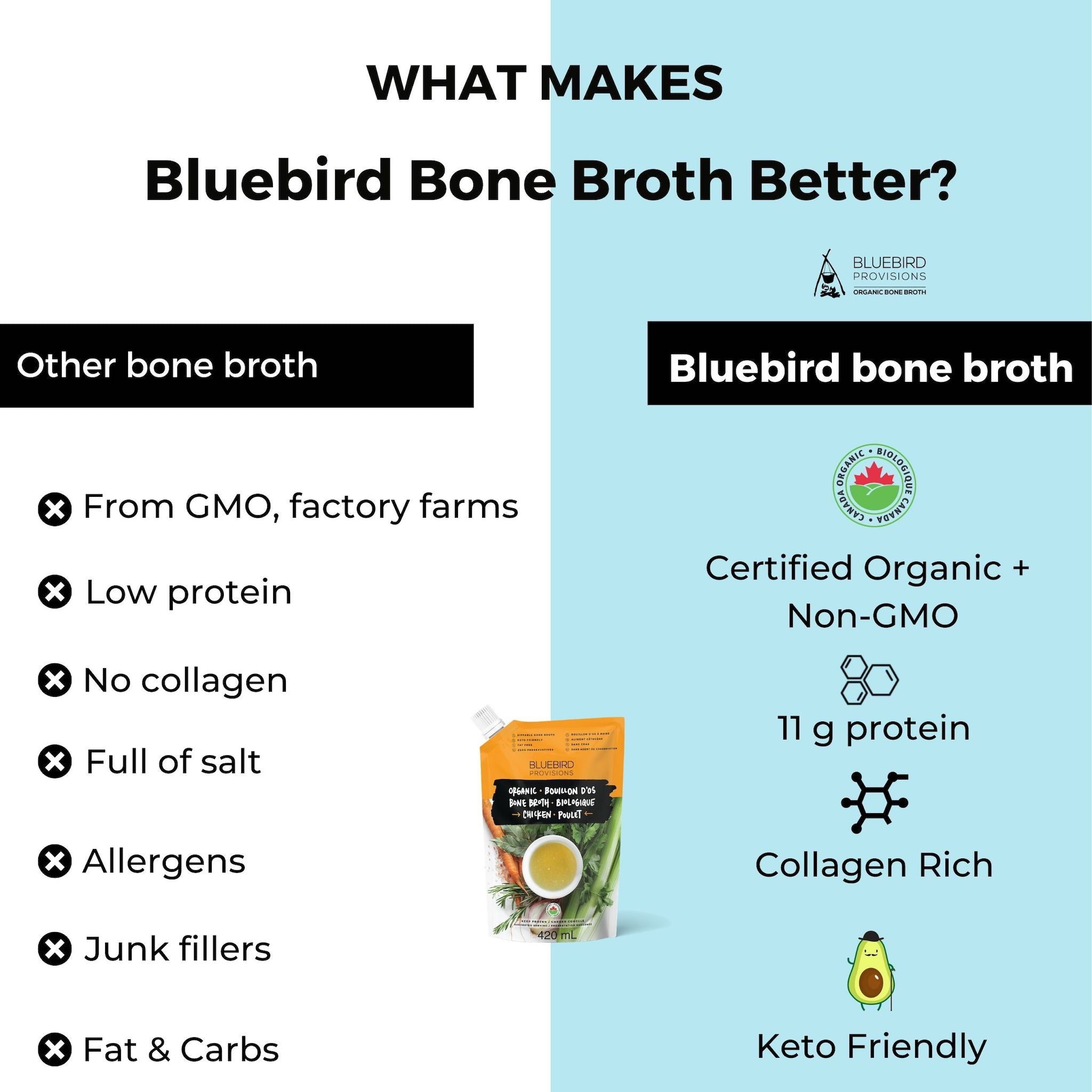
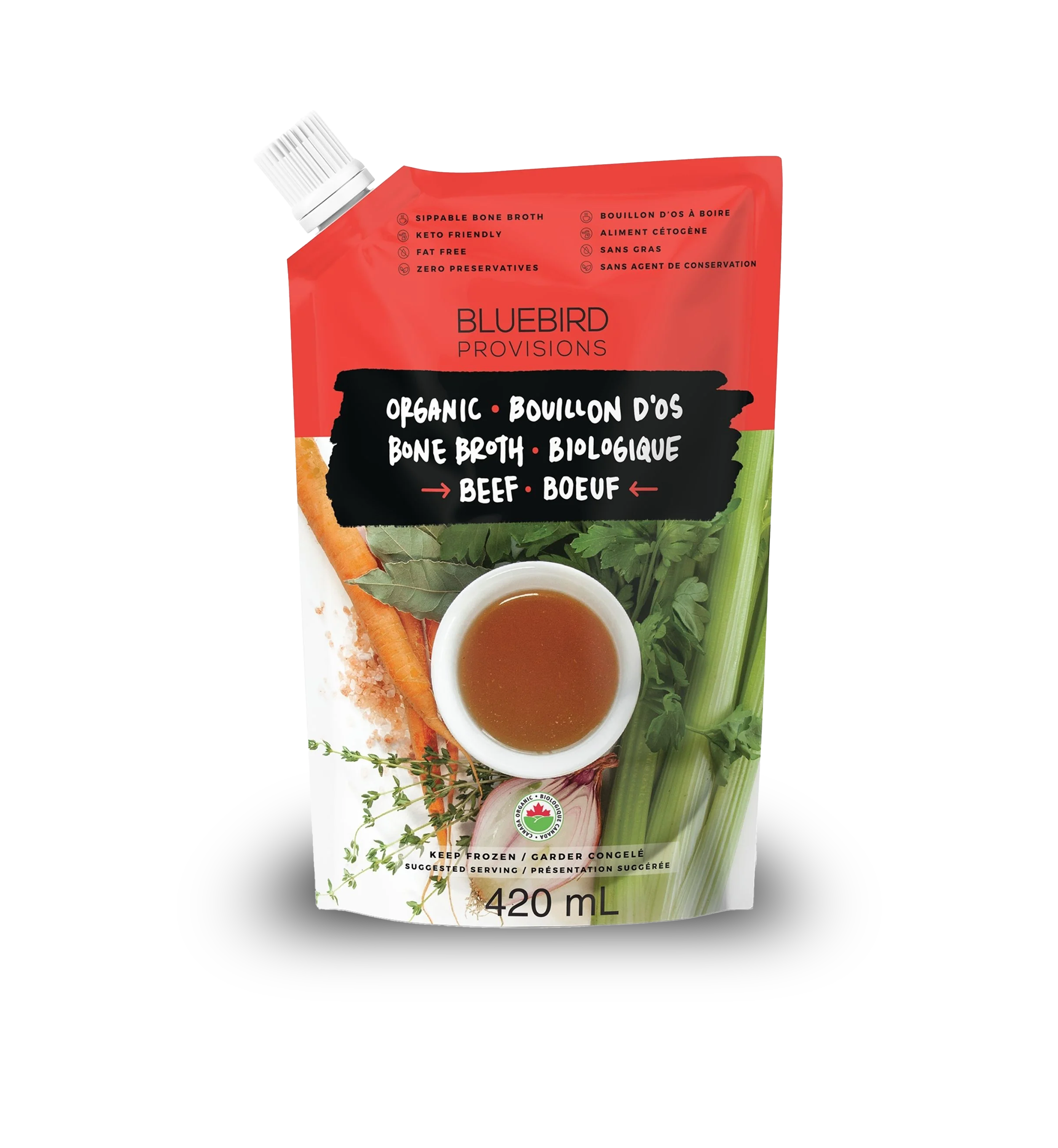
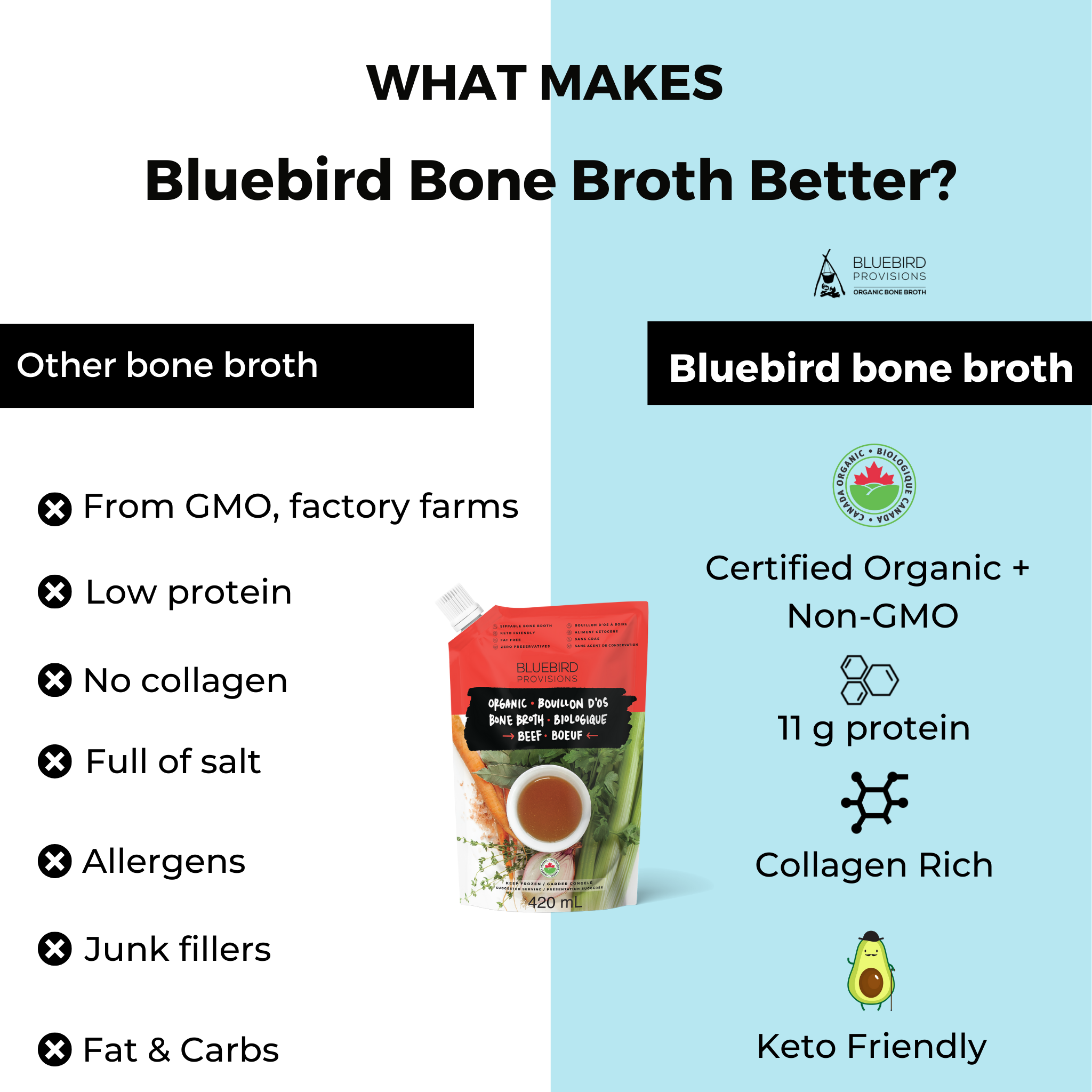
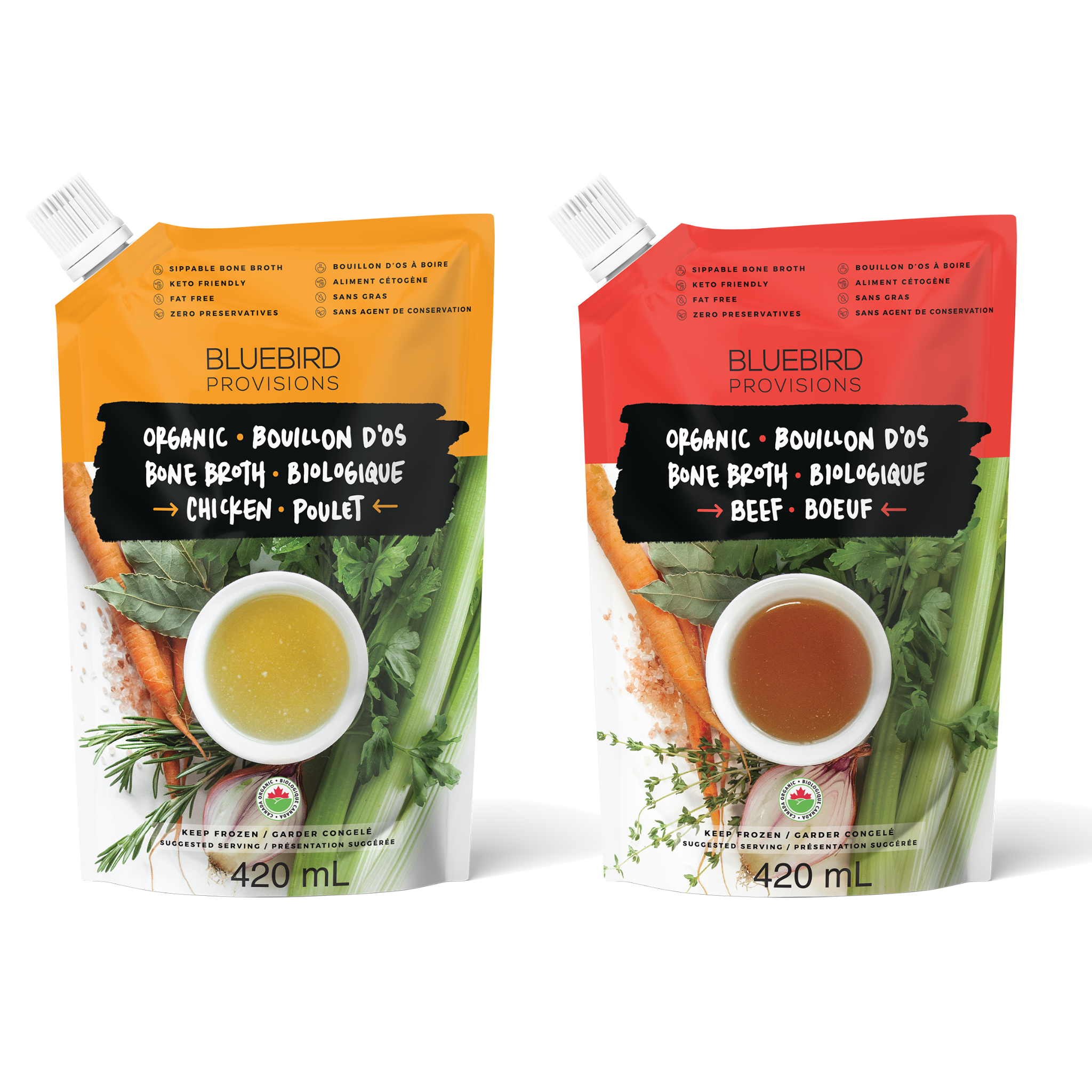
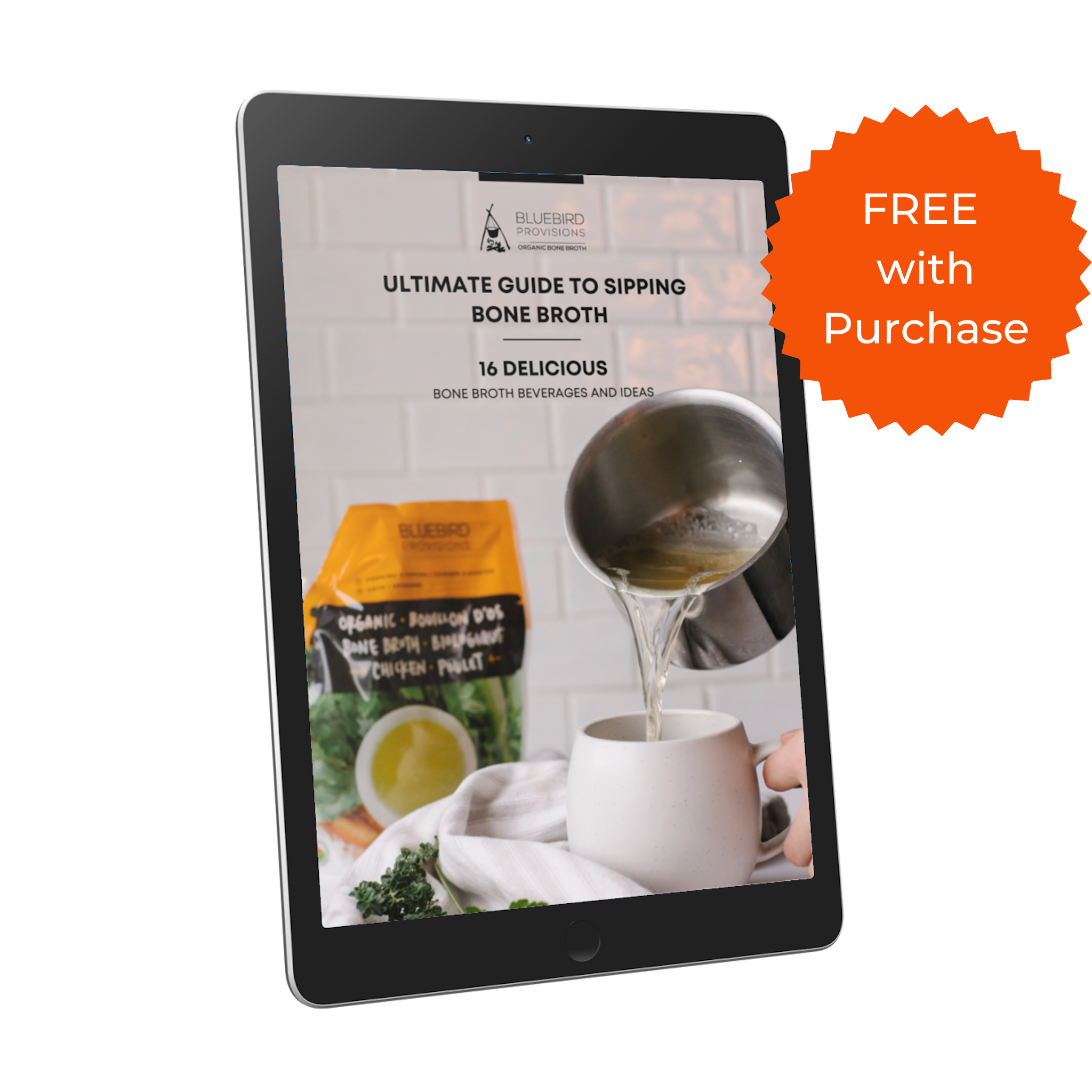
Leave a comment
This site is protected by hCaptcha and the hCaptcha Privacy Policy and Terms of Service apply.